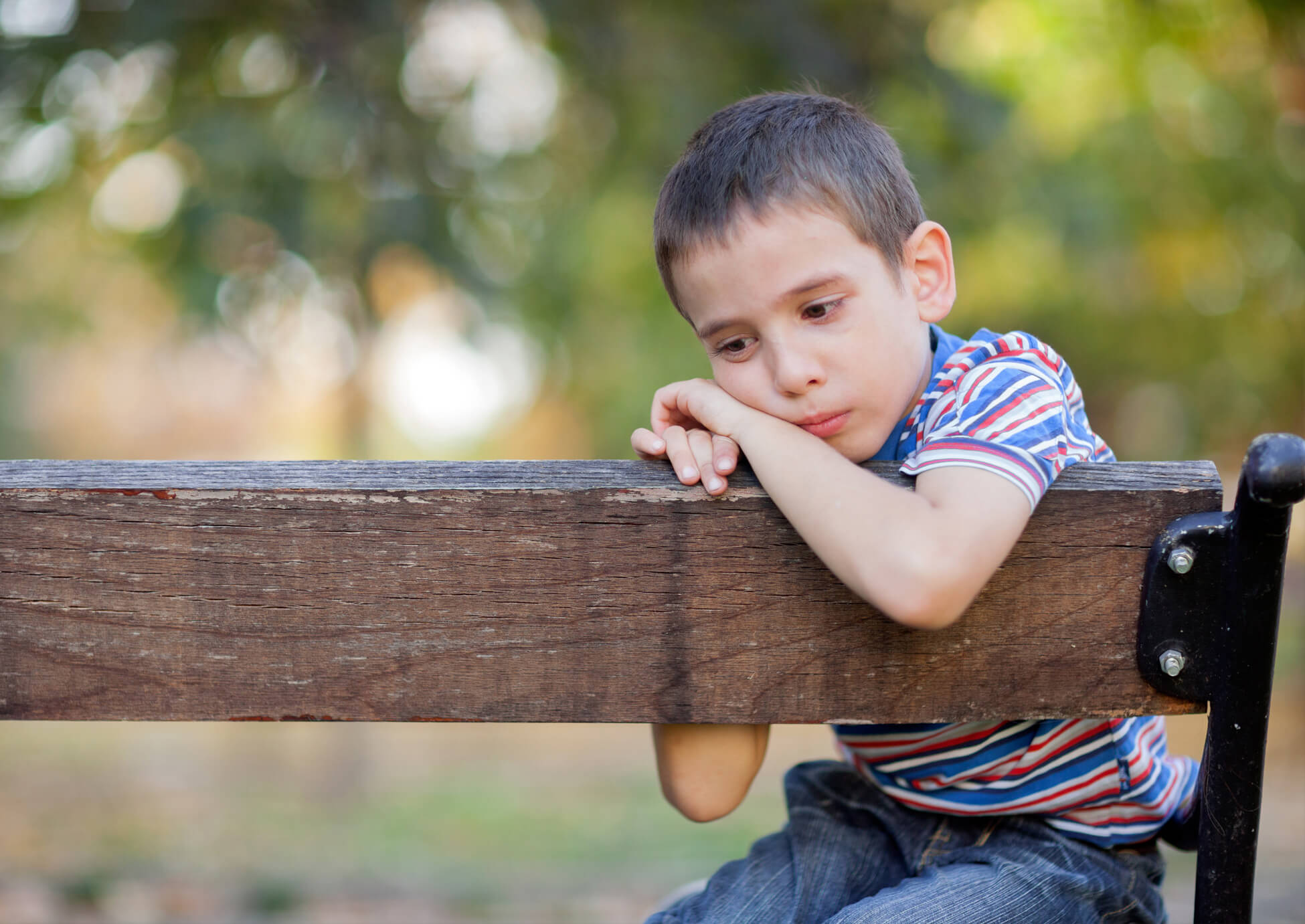Domestic Violence
Positive parenting leads to positive futures for generations to come.
American SPCC provides parenting education and support as the most effective way to support families and nurture children.
The following resources are made possible through contributions by child and family advocates like you.

WHAT IS DOMESTIC VIOLENCE?
The term domestic violence is often referred to as domestic abuse, battering, or family violence and more recently, as intimate partner violence (IPV).
Domestic violence is a pattern of abusive behavior in any relationship that is used by one partner to gain or maintain power and control over another intimate partner.
Domestic violence can be physical, sexual, emotional, economic, or psychological actions or threats of actions that influence another person. Domestic violence has devastating effects upon children and families.

DOMESTIC VIOLENCE AND THE EFFECTS ON CHILDREN & FAMILIES
Domestic violence in families is often hidden from view and devastates its victims physically, emotionally, spiritually, and financially. It threatens the stability of the family and negatively impacts all family members, especially the children who learn that violence is an acceptable way to cope with stress or problems, or to gain control over another person.
Children react to exposure to violence in different ways, and many children show remarkable resilience. All too often, however, children who are exposed to violence undergo lasting physical, mental, and emotional harm. They suffer from difficulties with attachment, regressive behavior, anxiety and depression, and aggression and conduct problems.
The effects of domestic violence on children can be extensive and long lasting. Victims of domestic violence may be more prone to dating violence, delinquency, further victimization, and involvement with the child welfare and juvenile justice systems. Moreover, being exposed to violence may impair a child’s capacity for partnering and parenting later in life, continuing the cycle of violence into the next generation.
STATISTICS OF DOMESTIC VIOLENCE: PREVALENCE & CONSEQUENCES
A recent U.S. Department of Justice (DOJ)-funded study concluded that a majority of children in the United States have been exposed to violence, crime, or abuse in their homes, schools, and communities.
The consequences of this problem are significant and widespread. Children’s exposure to violence, whether as victims or witnesses, is often associated with long-term physical, psychological, and emotional harm. Children exposed to violence are also at a higher risk of engaging in criminal behavior later in life and becoming part of a cycle of violence.5




STATISTICS OF DOMESTIC VIOLENCE: PREVALENCE & CONSEQUENCES
A recent U.S. Department of Justice (DOJ)-funded study concluded that a majority of children in the United States have been exposed to violence, crime, or abuse in their homes, schools, and communities.
The consequences of this problem are significant and widespread. Children’s exposure to violence, whether as victims or witnesses, is often associated with long-term physical, psychological, and emotional harm. Children exposed to violence are also at a higher risk of engaging in criminal behavior later in life and becoming part of a cycle of violence.5
%
of American children were direct victims of 2 or more violent acts
%
of American children were exposed to violence, crime, or abuse in their homes, schools, and communities.
%
had been exposed to family violence during their life.
ADULT STATISTICS OF DOMESTIC VIOLENCE
In addition to the immediate impact, intimate partner violence has lifelong consequences. A number of studies have shown that beyond injury and death, victims of IPV are more likely to report a range of negative mental and physical health outcomes that are both acute and chronic in nature.
- More than 10 million women and men in the United States experience physical violence each year by a current or former intimate partner (2011).
- Over 1 in 5 women (22.3%) experience severe physical violence by an intimate partner in their lifetime.
- Nearly 1 in 7 men (14.0%) have experienced severe physical violence by an intimate partner.
- Approximately 9.2% of women and 2.5% of men have been stalked by an intimate partner in their lifetime.
Child STATISTICS OF DOMESTIC VIOLENCE
The statistics of child domestic violence in America are staggering. Domestic violence is extremely widespread and has lifelong impacts. Children exposed to violence are more likely to abuse drugs and alcohol; suffer from depression, anxiety, and post-traumatic disorders; fail or have difficulty in school; and become delinquent and engage in criminal behavior.
- 60% of American children were exposed to violence, crime, or abuse in their homes, schools, and communities.
- Almost 40% of American children were direct victims of 2 or more violent acts, and 1 in 10 were victims of violence 5 or more times.
- Children are more likely to be exposed to violence and crime than adults.
- Almost 1 in 10 American children saw one family member assault another family member, and
- More than 25% had been exposed to family violence during their life.
- A child’s exposure to one type of violence increases the likelihood that the child will be exposed to other types of violence and exposed multiple times.
Resources like these are provided by American SPCC – a national nonprofit dedicated to building positive childhoods for all children by empowering parents and caregivers with research-backed education and support.
This work is made possible by passionate donors and community advocates. Learn how you can get involved and support the mission here.
Our Lessons are available for Offline learning!
Previous Section
Parenting Resource Center
Domestic Violence
Next Section
